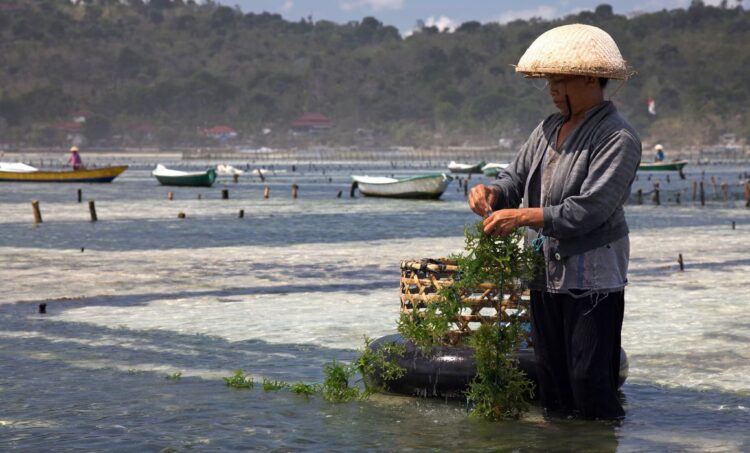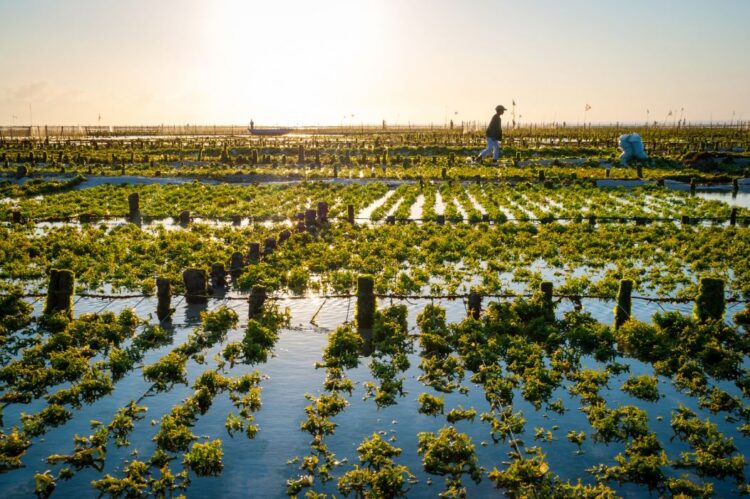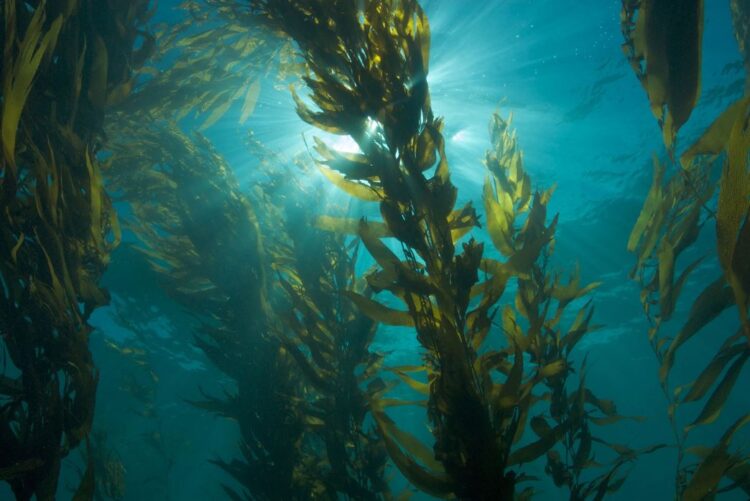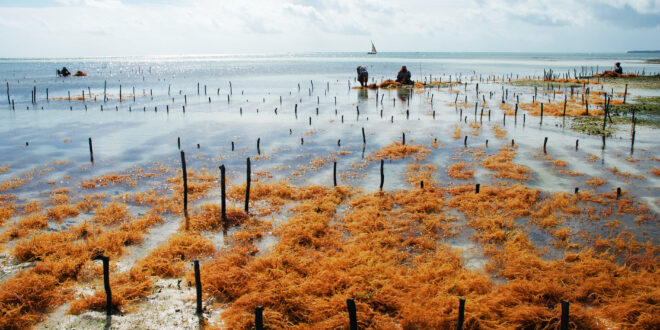Scientific evidence suggests that seaweed farming combats the devastating effects of climate change. By absorbing CO2 emissions, offsetting acidification, and creating underwater ecosystems to support life, seaweed farming is an industry set to revolutionize the world.
This miraculous plant is not only helping the planet to breathe again but is a versatile product with a vast array of applications, from textiles and skin creams to fertilizers and biofuels. In this article, we will explore how seaweed farming is supporting the fight against climate change and creating a profitable global aquaculture industry.
Seaweed Solution

Top scientist, working on a cutting-edge study at the Red Sea Research Centre, Carlos Duarte states, “The new study adds to previous research and global estimates … to point at seaweed aquaculture as a major avenue to mitigate climate change.” Although seaweed is now a climate solution inspiring the west, the cultivation of the product has been around for centuries. Algae farming is said to have originated in ancient China, according to the European Journal of Phycology, as far back as 1700 years ago, predominately for food and medicinal use.
However, as the years have progressed more scientific data has been made available, triggering new technologies and innovations to support larger-scale production. The Oceana Organisation states, “Per acre, these “blue carbon” ecosystems can take up 20 times more CO2 from the atmosphere than land-based forests.” Instead of growing forests on land to offset carbon emissions perhaps an underwater is a better way to proceed. Seaweed may just be the solution humanity desperately needs to fight the effects of climate change.
Seaweed Applications

Exciting opportunities exist for those leading the way in the aquaculture space. According to a study by the International Journal of Pharmacy and Pharmaceutical Sciences, “These plants have been a source of food, fodder, medicine, cosmetics, energy, fertilizer and are used for industrial production of agar and alginate.” The opportunity to embrace mass-scale farming, and streamline the technology designed to harvest seaweed, could rapidly change the world. As the demand for these products rises, the market becomes more lucrative.
For instance, developments in seaweed fabrics and textiles have been made in recent years with companies such as Seacell and Vitadylan, creating a range of eco-friendly materials set to disrupt the fashion industry. While companies such as Green Angel are selling organic skin care products, with active seaweed derived ingredients for nourishing the skin. On the other hand, the Norwegian University’s Department of Energy and Process Engineering are now underway with research and development of biofuels, a sustainable option for global transport systems. For more info visit this site.

The European Journal of Phycology states, “The rapidly expanding human population has led to a shortage of resources and the ability to support the growing population sustainably is a major challenge for the future. Coastal environments, including natural seaweed communities, provide a range of important ecosystem services.”
Seaweed is a versatile product with astonishing benefits for the planet and humanity alike. Hopefully, more companies, governments, and entrepreneurs embrace this sustainable industry and continue to support the development of seaweed farming, technology and products.
 Hi Boox Popular Magazine 2024
Hi Boox Popular Magazine 2024



